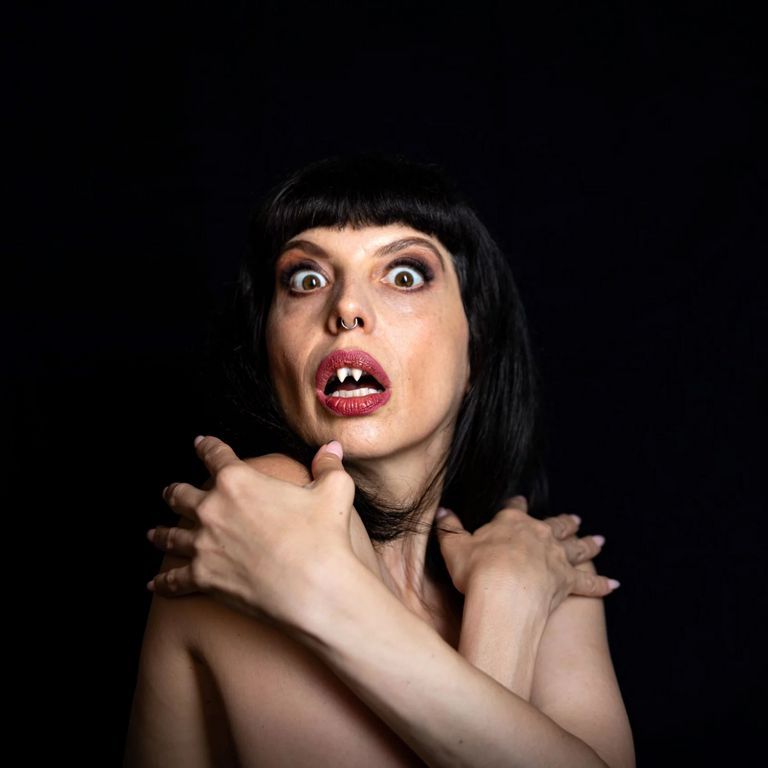Queering Nosferatu

An Anna Natt production with Sophiensæle Berlin
70mins
27-30 October 2022
Sophiensæle
Sophienstraße 18
Berlin
Performing live & multichannel pipe organ (8ft portable positive pipe organ).

An Anna Natt production with Sophiensæle Berlin
70mins
27-30 October 2022
Sophiensæle
Sophienstraße 18
Berlin
Performing live & multichannel pipe organ (8ft portable positive pipe organ).